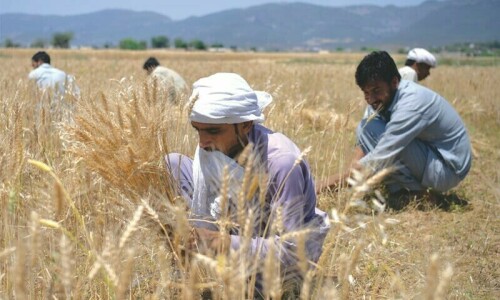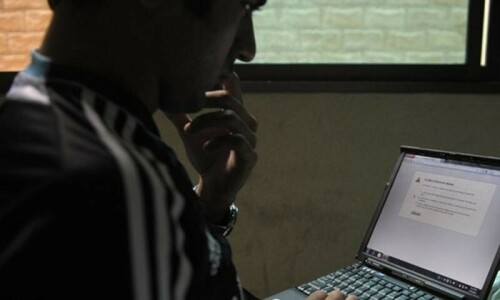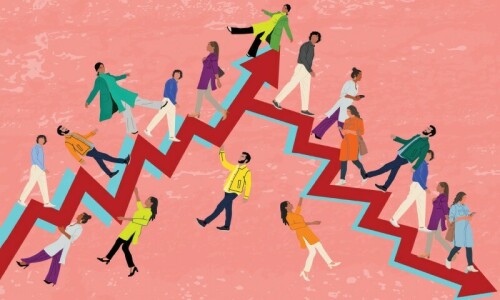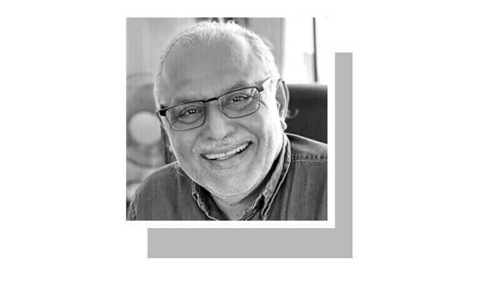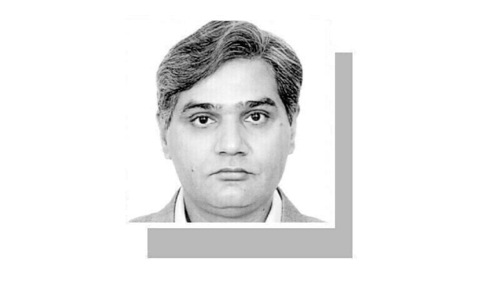It is often regarded as a tragedy that Bruce Lee, one of the most promising and inspiring figures of the 20th century, died at the age of 32 before he had yet to fully express himself. But equally tragic is that in the half-century since his death, the treatment of his life and work is at best amateurish, and at worse, misleading.
Perhaps the first biography of Lee was Alex Ben Block’s The Legend of Bruce Lee, published by Dell in 1974, less than a year after Lee’s death. The author obviously knew little about martial arts, since the book is full of inapplicable Japanese terms such as “sensei” and “dojo”. Worst of all, it oxymoronically refers to Jeet Kune Do (Lee’s personal approach to combat) as “Chinese karate.” And while Block does not revere his subject, he drifts too far in the opposite direction by declaring that Lee felt the need to “make himself the centre of a cult.” Since his book is a journalistic account, and written at a time when information about Lee was relatively scant, the paucity of references is understandable. Less understandable is why the author chose to air ludicrous theories about Lee’s demise, ranging from vengeful Shaolin monks to Ninja assassins — fantasies which were still being circulated decades later. Block himself gave a revealing admission of his methodology: “I wrote that book in a matter of weeks, when nobody really knew what was happening. I just threw out everything I could that might offer some explanation.” Even more telling is Block’s inadvertently comic confession that, on the day Lee died, two of Block’s kittens died, and that “by that point I felt my karma irrevocably interwoven with Lee’s...”
Slightly better is Bruce Thomas’s Bruce Lee: Fighting Spirit, originally published by Sidgwick and Jackson in 1994 and revised in 2002. Like Block, Thomas is not a scholar. The book includes a bibliography and index but no notes, thus making it difficult to verify any of Thomas’s assertions. Perhaps readers are supposed to take assurances from the back cover blurbs by those bastions of biographical integrity, the men’s magazines Loaded and FHM. Thomas is critical of Block, especially of the latter’s preposterous theories about Lee’s death. But Thomas himself is not averse to making incredible claims, such as stating that Lee was skilled in the martial art of Dim Mak, expertise in which apparently allows even a casual touch to impart delayed untraceable death. Thomas goes on to say that because Lee gave of himself so often to others, it resulted in his “giving away his own life force.” Lee “was able to channel the archetypal energies that exist beyond the energy bound up in our own personality structure”, and access to this supernatural energy may have burned him out. When one discovers that the author cannot even quote from Lee’s films correctly, one begins to doubt the author’s reliability.
In the 46 years since the demise of this iconic and enigmatic figure, there is still no singular biographical work that does him full justice
Davis Miller’s short The Tao of Bruce Lee was first published by Vintage in 2000, and is one of the worst books on the subject, since it contains little about Lee and even less about the Tao. Around half of the book consists of the author providing unnecessarily intimate details about his own somewhat pathetic adolescence. And for some reason, the few illustrations in this book are of martial artist Joe Lewis; there are no images of Lee except for that on the cover. Unsurprisingly, the book is bereft of notes, a bibliography, an index or cohesion.
Matthew Polly’s recent Bruce Lee: A Life was published by Simon and Schuster in 2018; it is the most detailed and, ostensibly, the most scholarly of the books surveyed here, with more than 600 pages that include notes, a bibliography and an index. But the mere presence of numerous references can be deceptive, since not all “facts” are sourced. For example, Polly relates how Lee went bowling with Jackie Chan, only to leave early because he didn’t want to be upstaged by the stuntman. Polly postulates that Lee was determined to outshine his father’s career in some sort of Oedipal battle and, at subsequent points in the text, suggests that Lee’s actions were sometimes motivated by dislike for his father. No references are provided for any of these claims. The author seems also to have been unreasonably selective about which of his interviewees were credible. He doesn’t seem to doubt the statements of two women of having had affairs with Lee, even though these revelations came decades after the alleged events and are unsupported by reliable corroboration. But when he asked Lee’s widow if her husband had been pleased when she revealed to him that she was pregnant, Polly disbelieved her even when told that Lee was happy, despite there being no substantial reason to be sceptical.
But worse than questionable interpretation is outright fabrication. On the very first page of the biography proper, Polly describes a scene in 1914 when Lee’s father was standing outside a restaurant, calling out the specials of the day. This chanting is in quotation marks, but no reference is provided and one would have to see an interview with Polly to learn that the author invented the dialogue because he did not know exactly what was on the menu. Now, this might be a comparatively minor invention, but such fictionalisation without due notice in what presents itself as serious biography is reprehensible. Polly cannot even report his own life accurately: in an afterword he declares that he dropped out from Princeton University, while the “About the Author” section at the end of the book says that he is a Princeton graduate.
Just as bad as the biographies of Lee are the numerous articles about him. From Lee’s age and education to the nationality of his wife, mistakes of every kind can be found in these.
This is not to say that these works are completely useless. All of them have their uses, and all of them contain information not found in the others. Thomas and Polly, especially, get more right than wrong, and are certainly worth reading. But given the flawed methodologies of these biographers, one must approach them with caution. None of the books can be taken at face value, and none can be relied upon alone. When confronted with the presence of hearsay or the absence of reliable evidence, the authors seem unable to suspend judgement or issue tentative conclusions. But this in itself is a lesson, for by surveying multiple sources one comes to understand not only that Bruce Lee was a complex man, but that the reactions to him are no less complex.
Just as bad as the biographies of Lee are the numerous articles about him. The Los Angeles Times’s obituary for Lee erroneously referred to him as the star of director Jeong Chang-hwa’s 1972 film Five Fingers of Death. Noted film critic Roger Ebert’s review of Marlowe, the 1969 film directed by Paul Bogart, described Lee’s character as a “karate expert.” Dozens more examples of inaccurate reporting can be found in the book Words of the Dragon, which collects interviews with Lee from 1958-1973. From Lee’s age and education to the nationality of his wife, mistakes of every kind can be found in these articles. Fortunately, the book’s editor, John Little, has pointed out most of these errors and has endeavoured to provide accurate information in a series of books titled The Bruce Lee Library.
Lee wrote only one book in his lifetime, a slim work titled Chinese Gung Fu: The Philosophical Art of Self Defence. Dissatisfied with this volume, Lee planned to write a more encompassing tome that reflected his changing views of the martial arts, but died before he could do so. Some of his notes were released in 1975 as The Tao of Jeet Kune Do, and friends and students of Lee have also published books about Lee’s life and art. But it wasn’t until the late 1990s that the Bruce Lee Estate made a serious effort to publish Lee’s voluminous sketches and notes. The result was The Bruce Lee Library, of which Words of the Dragon is one volume. Editor John Little was authorised to review the entirety of Lee’s writings and compiled them into several volumes. In addition to containing Lee’s thoughts on acting, martial arts and philosophy, they also include his correspondence, poetry and training and dietary regimens. Unfortunately, the books are uneven in scholarliness, with some volumes providing useful notes and references while others are lacking any textual apparatus. Lee was a voracious reader with more than 2,500 volumes in his personal library; he often jotted down quotations from other books for his personal use, and some of these have been incorporated into the texts without attribution or explanation. As such, a comprehensive annotation of Lee’s sources is still sorely required.
Naturally, The Bruce Lee Library does not really address some of the more controversial or disputed aspects of Lee’s life. But for anyone interested in Lee’s ideas and development, it is the best place to start. However, one would do well to first read Wing-Tsit Chan’s magisterial A Source Book in Chinese Philosophy. This massive translation and analysis of thousands of years of Chinese philosophy was studied by Lee, and would provide excellent background knowledge with which to evaluate how this unique thinker incorporated ancient philosophies in both thought and action.
The writer is an antiquarian and freelance writer
Published in Dawn, Books & Authors, July 28th, 2019



































